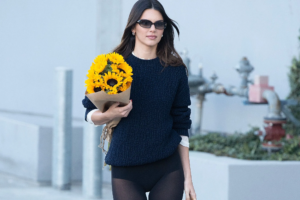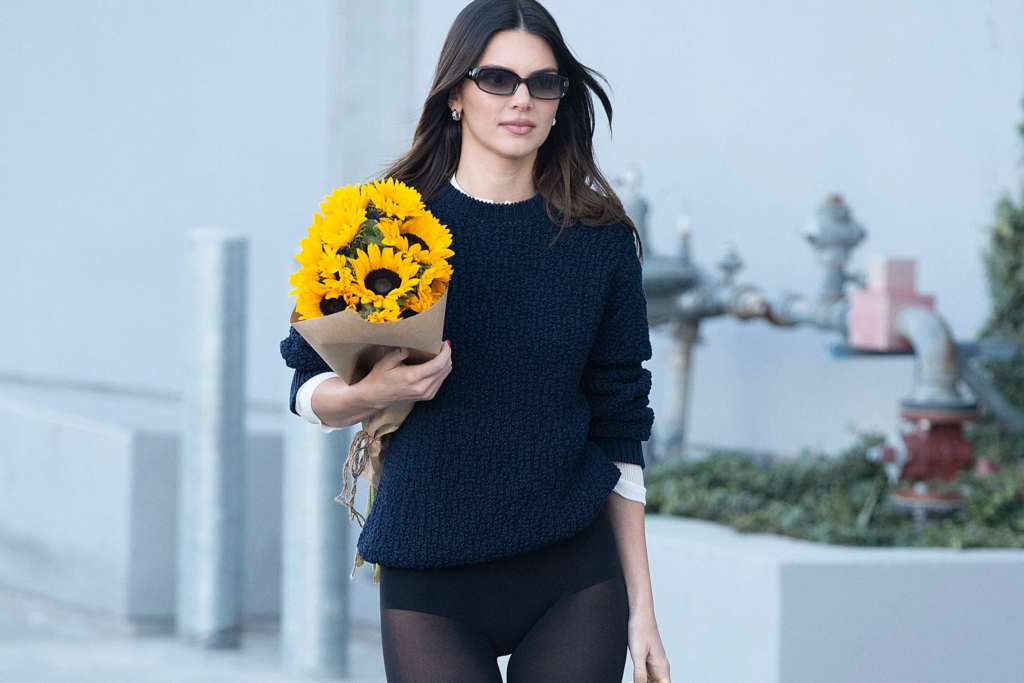Have you ever wondered what fashion really is? How does fashion influence us? What role do runway fashion weeks play and how do trends emerge and find their way into our wardrobes?

Summary of content:
- Definition of fashion and trends
- Differentiating fashion and trends
- Fashion: from the catwalk to our wardrobes
- Trends and acceptance
- What influences fashion?
- What role do fashion weeks play?
- Ready-to-wear and Haute Couture
- Fashion weeks: focusing on the “big four,” Haute Couture, and women’s fashion
- How do fashion trends find their way into our wardrobes?
- Fashion weeks = news
- From high fashion to everyone: the ripple effect of the catwalk
- Definition of fashion and trends Fashion frenzy is a phenomenon that quickly grabs attention but also quickly fades away.
Trends occur when a fashion phenomenon has appeared for several seasons and also has various versions at different price points.
Some trends last for years and shape fashion. Trends only become fashion when the majority of the population pursues them. Fashion is always changing, with trends succeeding each other, and each year brings new trends. Sometimes a fashion phenomenon is exclusive to a group, called a subculture (such as the characteristic clothing and fashion styles of the punk community. Elements like leather, studs, and the mohawk hairstyle are often seen as symbols of punk style. While it may not be popular in all fashion communities, for the punk group, these are important elements to express their spirit and solidarity with their values. Therefore, punk style can be considered a fashion phenomenon exclusive to a cultural group).
Fashion: from the catwalk to our wardrobes
Influential figures like Linda Tol and Pernille Teisbaek have worn the best-selling items from Bottega Veneta during Fashion Week SS20, specifically the Pbbed Casette bag from the Fall 2019 collection and the Lido sandals with heels from the Spring 2020 collection.
The Blumarine Butterfly denim croptop on the Spring-Summer 2020 runway became explosive when it contributed to the resurgence of Y2K trends. Member Nayeon (Twice) was also spotted wearing this top during her promotion for her IM NAYEON mini-album.
… Followed by a series of images of enthusiasts wearing this item in various interesting styles.
- Trends and acceptance First, let’s look at the trend acceptance rate, which can be divided into four groups, applicable to both individuals and fashion brands.
- Innovators are the first to adopt trends.
- Trendsetters.
- Early majority, those waiting for trends to become mainstream.
- Laggards, those not following fashion trends.
Based on the Diffusion of Innovation theory, one of the oldest social science theories by EM Rogers in 1962, consider the five acceptance rates in popularizing an innovation (a new product or idea, in this case, a trend).
- Innovators, those eager to try new things, make up 2.5% of the population.
- Early adopters (trendsetters), about 13% of the population.
- Next come the early majority, accounting for 34% of the population. The innovation leads to the late majority group, also represented by 34%.
- Finally, the remaining 16% of the population “indicate that the trend is reaching saturation or becoming outdated,” as retail analytics company Edited clarified in a June publication on trend cycles.
This shows that not all trends strictly adhere to this acceptance model, and not all trends are accessible to the general public.
- What influences fashion? Now that you understand what fashion and trends are, it’s important to know what influences fashion. The directly influential people are designers: fashion brands and tailors (we explain their influence in parts 4 and 5), trend followers, fabric manufacturers, fashion trade magazines, and retailers (store owners). Additionally, there are: media, celebrities, those around us, and you (you choose what you wear).
Furthermore, fashion is indirectly influenced by societal developments like human and cultural trends, technology, politics and law, weather, the environment, social phenomena, and art.
- What role do fashion weeks play? Fashion Weeks (dating back to 1943) as we know them, with a fully planned and meticulously scheduled itinerary, provide some designers with the opportunity to showcase their new collections to customers and the public.
During World War II, American journalist Eleanor Lambert recognized that designers couldn’t leave the country or bring European trends back to the United States. She believed this issue also presented an opportunity for domestic talent to showcase their work at an event called “Press Week.” The first edition of the event was a resounding success and was repeated every season in New York. The city soon established itself as a true fashion capital and hosted its own fashion weeks for many years to come.
The idea behind this was to allow designers to “present” their collections to fashion journalists and potential customers to attract attention and sell their designs. The essence of the events today remains the same. Fashion weeks still revolve around creating business activities.
Designers and fashion brands hold fashion shows to create interest and desire for what will be available in their stores. Many designers showcase flashier versions of outfits at runway shows, which are then often simplified for retail purposes.
The iconic “bumster” trousers by Alexander McQueen led the low-rise trend. The left image shows supermodel Kate Moss wearing low-rise pants on the runway. Later, McQueen created more accessible versions of low-rise pants.
Typically, a designer has to wait six months for fabric orders and production before it’s shipped to stores. But high fashion is an exception, as it’s not factory-produced.
Ready-to-wear and Haute Couture Most fashion companies produce ready-to-wear or prêt-à-porter collections. Both mean the same thing: clothes sold in a finished state with standardized sizes, such as 6/8/10/12 or S/M/L/XL,… Each model is produced in many copies at a manufacturing base. Therefore, it can be understood that these outfits are not designed individually. Fashion brands like Bottega Veneta, Louis Vuitton, Gucci, Prada, Calvin Klein, and Tommy Hilfiger, as well as Levi’s and Primark, all produce and sell ready-to-wear clothing.
Haute Couture (HC) – high fashion is handmade from start to finish and made of high-quality, expensive, and often exclusive fabrics. It is handmade with extreme attention to detail and finished by petit mains (this term refers to highly skilled artisans, those who turn fashion designs into reality and is literally translated from French as “small hands”). Some dresses may take up to about 2,000 hours of manual labor to complete, leading to a very high price for HC. Therefore, high fashion has a different status and target audience. It requires trend-setting ideas and excellent craftsmanship. Famous designers include Christian Dior and Chanel, Viktor & Rolf, Iris van Herpen, and Ronald van der Kemp. Many major fashion houses like Chanel, Dior, Givenchy, Valentino, and Balenciaga have a department producing ready-to-wear clothing and another department producing high fashion.


